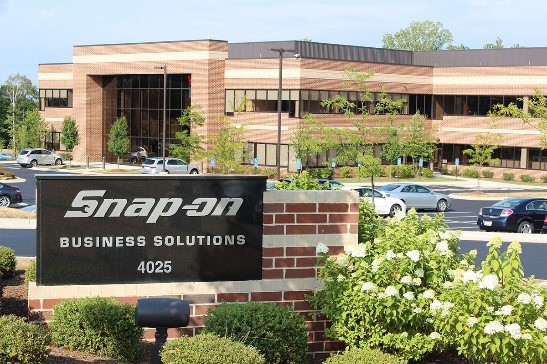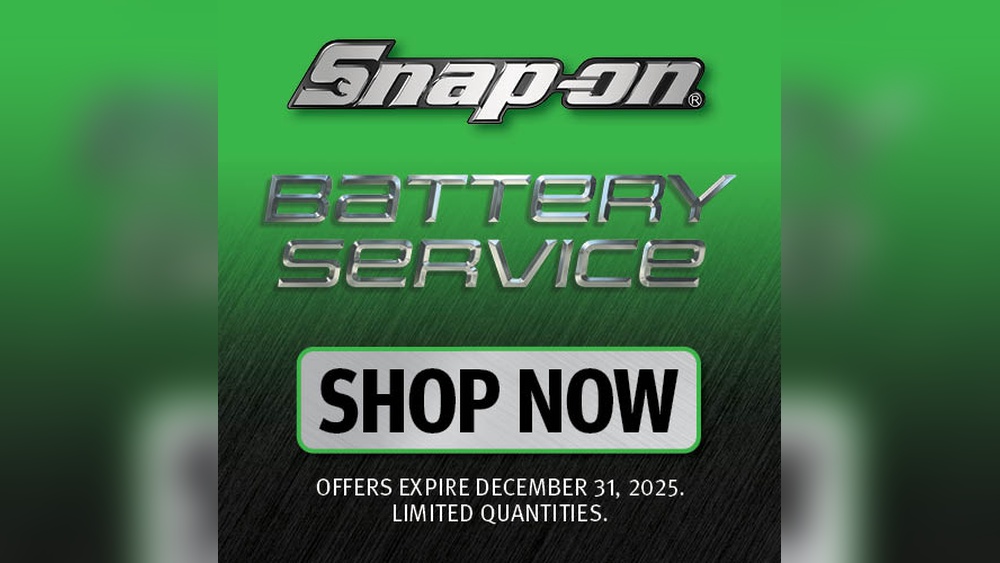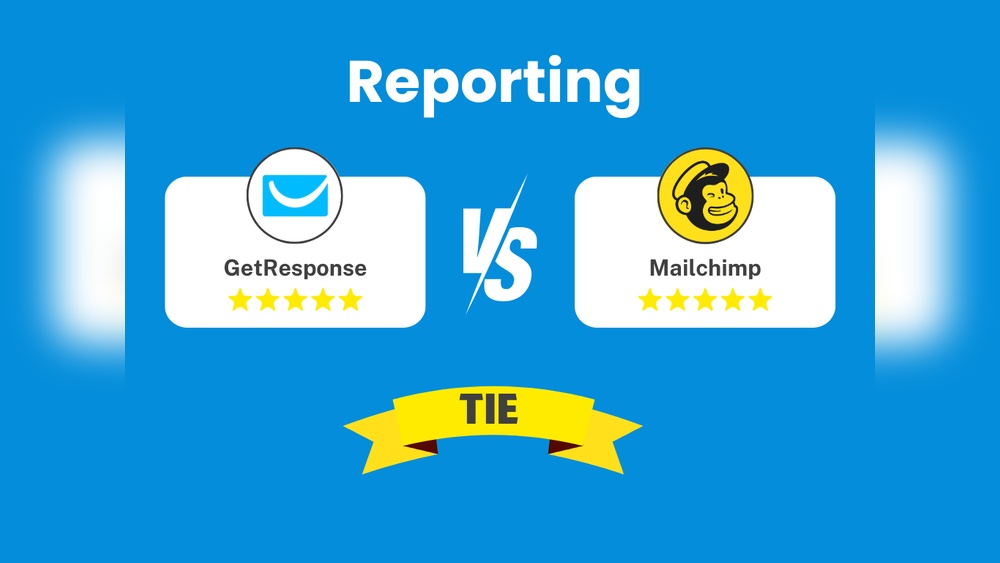Are you wondering if Snap-on Tools is still in business? If you rely on professional-grade tools or have ever considered investing in a Snap-on franchise, this question matters to you.
Snap-on has long been a trusted name in the tool industry, but recent financial news and market shifts might have you questioning its future. You’ll get clear, straightforward answers about Snap-on’s current status, its market position, and what lies ahead.
Keep reading to find out why Snap-on remains a strong player and what that means for your tool needs or business opportunities.

Credit: franchisebusinessreview.com
Snap-on’s Current Status
Snap-on remains a key name in the tool industry. It continues to serve professionals worldwide with quality tools. Its current status shows a mix of challenges and strengths. The company adapts to market changes while maintaining its core business.
Recent Financial Performance
Snap-on has faced slight declines in sales and profits recently. Some quarters showed weaker demand in specific segments. Despite this, other areas like undercar equipment performed well. The company continues to generate steady revenue overall. It invests carefully to support future growth.
Market Position And Competitors
Snap-on holds a strong position among professional tool makers. It benefits from a long history and loyal customers. Its brand is well-known for quality and reliability. Competitors include Harbor Freight and other tool brands. Snap-on focuses on innovation and franchise strength to stay competitive.
Impact Of Industry Challenges
The tool industry faces challenges like fluctuating demand and supply chain issues. Snap-on deals with these by improving efficiency and product range. Vehicle complexity growth offers new opportunities for tools. The company expands in new markets beyond vehicle repair. Franchise stability helps Snap-on overcome market pressures.

Credit: sbs.snapon.com
Company History And Legacy
Snap-on Tools has a rich history and a lasting legacy in the tool industry. The company’s journey spans over a century of dedication to quality and service. It has become a trusted name among professionals worldwide. Understanding Snap-on’s past helps explain why it remains relevant today.
Founding And Growth
Snap-on Tools was founded in 1920 in Milwaukee, Wisconsin. The company started with a simple idea: to create better tools for mechanics. It grew quickly by focusing on innovation and quality. Over the decades, Snap-on expanded its product line and market reach. This steady growth made it a leader in professional tools.
Innovation Over The Years
Innovation has been a key part of Snap-on’s success. The company introduced many new tool designs and technologies. It developed unique tools that improved work efficiency and safety. Snap-on also adapted to changes in vehicle technology. This constant innovation kept the brand ahead of competitors.
Customer Loyalty And Reputation
Snap-on has built strong loyalty among its customers. Professionals trust the brand for its durability and performance. The company listens to user feedback to improve products continuously. Its reputation for quality tools helps maintain long-term relationships. Many mechanics prefer Snap-on tools for their daily work.
Manufacturing And Brands
Snap-on Tools remains a respected name in the tool industry due to its strong manufacturing base and diverse brand portfolio. The company carefully manages production across several key locations. It also maintains multiple brands to serve various market segments. This approach helps Snap-on stay competitive and meet customer needs worldwide.
Main Manufacturing Locations
Snap-on operates manufacturing plants primarily in the United States. Key facilities are in Wisconsin and Missouri. These sites focus on high-quality hand tools and power tools. The company also has production in Mexico to support global demand. This mix of locations balances cost and quality effectively.
Snap-on Brand Overview
The Snap-on brand is known for professional-grade tools. It targets mechanics, technicians, and industry experts. Products include hand tools, diagnostic equipment, and tool storage. Snap-on tools are built for durability and precision. This brand carries a reputation for reliability worldwide.
Williams And Blue-point Brands
Williams and Blue-Point are important parts of Snap-on’s brand family. Williams focuses on heavy-duty tools for industrial use. Blue-Point offers more affordable tools without sacrificing quality. These brands help Snap-on reach different customers. They provide options for both professionals and hobbyists.
Franchise Model And Network
The franchise model plays a crucial role in Snap-on Tools’ business strategy. It allows the brand to reach customers through a wide network of independent operators. These franchisees sell Snap-on products directly to professionals, creating a personal connection with users. This network helps Snap-on maintain strong market presence and steady growth. Understanding the franchise structure, costs, and success rates gives insight into the company’s stability and future plans.
Franchise Structure And Costs
Snap-on franchises operate mostly as mobile tool dealers. Franchisees buy a territory and sell tools directly to customers from customized trucks. The initial franchise fee varies but often ranges between $20,000 and $30,000. Total startup costs can reach $200,000 or more, including the truck and inventory. Snap-on supports franchisees with training and marketing tools. This model offers independence while benefiting from Snap-on’s strong brand and product line.
Franchise Success And Failure Rates
Snap-on franchises show a very low failure rate compared to other franchises. This is due to the high demand for quality professional tools. Franchisees often have long careers with the company. Consistent customer loyalty helps maintain steady sales. Snap-on also provides ongoing support to help franchisees succeed. The stability of the franchise network reflects the company’s strong market position.
Expansion Plans For Franchises
Snap-on continues to expand its franchise network carefully. The company targets new geographic areas with growing demand for professional tools. It also explores new markets beyond vehicle repair. Snap-on invests in new technology to improve franchise operations. Expansion focuses on sustainable growth rather than rapid increase. This cautious approach helps protect franchisee investments and the brand reputation.
Future Outlook
Snap-on Tools has a promising future despite some recent financial hurdles. The company continues to adapt and evolve in a competitive market. Its future outlook involves focused strategies that aim to keep Snap-on relevant and successful. These include growth plans, exploring new markets, and embracing technology.
Growth Strategies
Snap-on focuses on expanding its franchise network. This approach strengthens its reach to more customers. The company also invests in improving customer service and product quality. These efforts help Snap-on maintain loyalty among professional users. Controlled growth ensures the company stays strong in the long term.
New Market Opportunities
Snap-on explores industries beyond vehicle repair. It targets sectors like aerospace, manufacturing, and electronics. This diversification reduces dependence on any single market. The company aims to meet new customer needs with tailored tools. Entering fresh markets opens doors for steady revenue growth.
Technological Advancements
Snap-on invests in smart tool technology and digital solutions. These advancements improve tool accuracy and ease of use. The company integrates software for diagnostics and data tracking. Technology helps Snap-on tools stay competitive and relevant. Innovation supports professionals working in complex environments.

Credit: www.ebay.com
Competition And Market Threats
Snap-on Tools faces a competitive market with many rivals challenging its position. The company must navigate various threats to keep its strong presence. Understanding these challenges helps explain how Snap-on remains relevant today.
Competition from low-cost brands and changing customer needs test Snap-on’s strategies. Market pressures push the company to adapt and innovate continuously. Its ability to maintain market share depends on responding well to these challenges.
Comparison With Harbor Freight
Harbor Freight offers tools at much lower prices than Snap-on. This attracts hobbyists and budget-conscious buyers. Snap-on targets professionals who value higher quality and durability. The price gap creates a clear divide in customer segments.
Harbor Freight’s wide retail presence contrasts with Snap-on’s franchise and direct sales model. Harbor Freight focuses on volume, while Snap-on emphasizes service and tool reliability. Both companies compete but serve different market needs.
Response To Market Pressures
Snap-on invests in new technology to improve tool performance. The company enhances its mobile sales model for better customer convenience. It also expands product lines to cover emerging market demands.
Snap-on listens to customer feedback for continuous improvement. The firm adjusts pricing and marketing to stay competitive. These efforts help Snap-on face challenges from cheaper competitors and shifting markets.
Maintaining Market Share
Snap-on builds loyalty through strong customer relationships and support. Training programs and warranties add value beyond just the tools. The company’s reputation for quality helps retain professional users.
Expanding franchises and entering new industries also strengthen Snap-on’s market hold. The brand focuses on long-term growth rather than quick sales. This strategy helps Snap-on protect its share against competitors.
Frequently Asked Questions
Is Snap-on Losing Business?
Snap-on is not losing business overall. It faces some sales declines but maintains a strong market position and franchise stability. The company invests in growth and innovation, ensuring continued success in professional tools.
Who Makes Snap On Tools?
Snap-on tools are made by Snap-on Incorporated, an American company based in Kenosha, Wisconsin. They design and manufacture professional tools in U. S. factories, including brands like Blue-Point and Williams for various market segments.
What Is The Snap On Tools Controversy?
The Snap-on Tools controversy involves criticism over high prices and franchise disputes. Some customers claim quality issues, while others defend the brand’s professional reputation.
Is Snap On Tools Still Made In America?
Snap-on Tools remains an American company headquartered in Wisconsin. Many tools are still made in U. S. factories in Tennessee and Wisconsin. The brand maintains domestic manufacturing for professional-grade tools.
Conclusion
Snap-on Tools remains a strong name in the tool industry. The company continues to serve professionals worldwide. Despite some challenges, it holds a solid market position. Snap-on invests in growth and expanding its reach. Its franchise network stays stable with low failure rates.
Customers still trust Snap-on for quality and reliability. The brand adapts to changing markets and needs. Snap-on Tools shows no signs of going out of business. It remains a dependable choice for many users.







